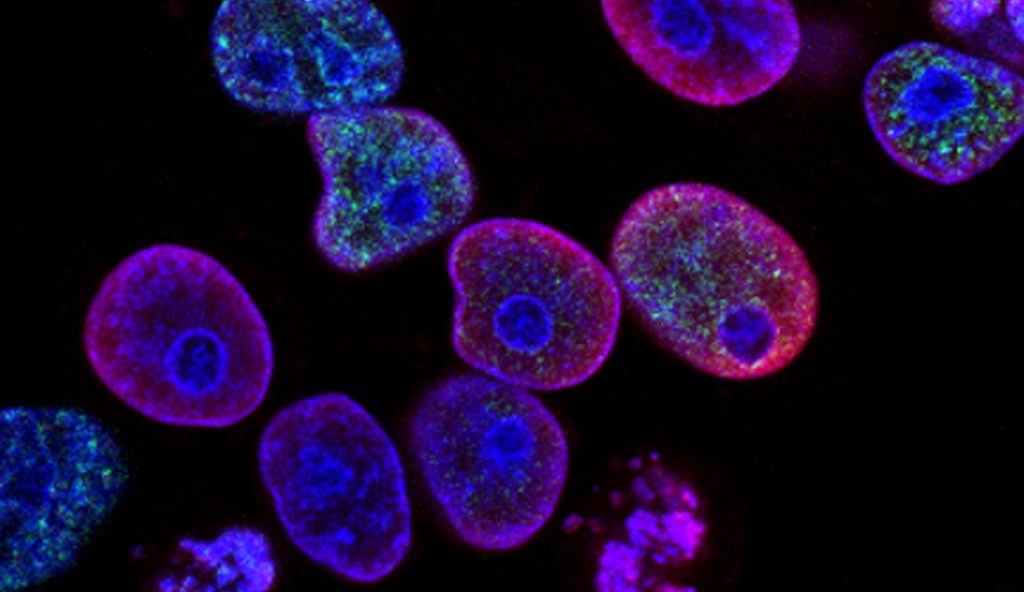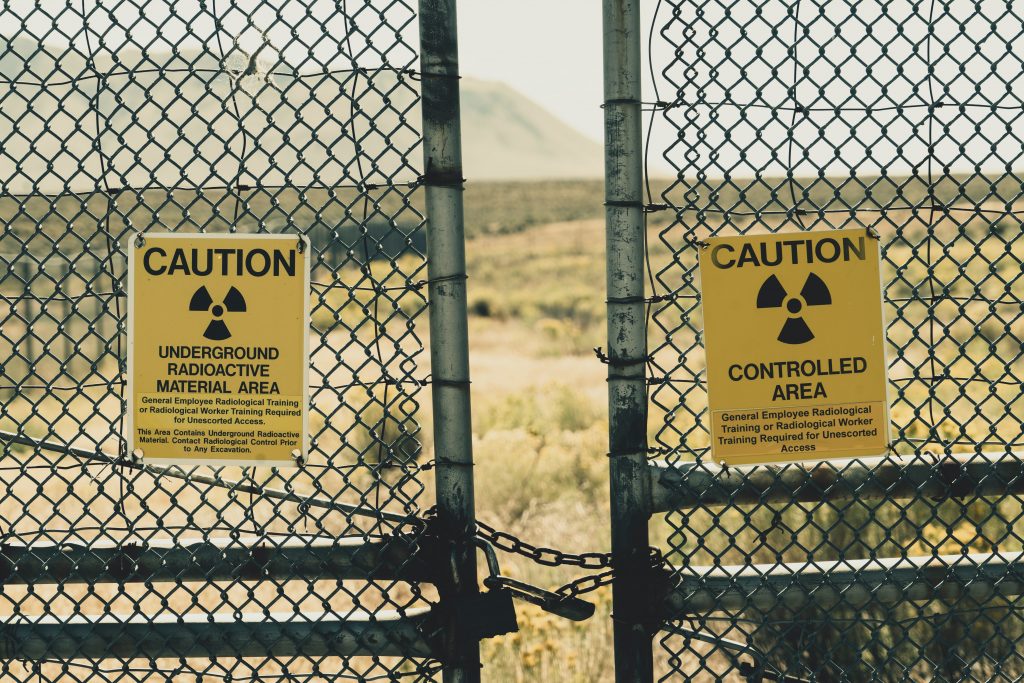Despite all our efforts in moving towards a more sustainable and livable future, countries are threatening to develop biological, chemical and nuclear weapons. As a result, it has almost become another battle between these weapons versus sustainable development to contribute to international security and stability. Indeed, the current creation of chemical weapons is after initiating the open-signature Chemical Weapon Convention in April 1997. In this convention, countries sign the treaty to undertake the ceasing of manufacturing, storage, acquisition, and utilization of chemical weapons. A total of 193 countries have signed this treaty, in agreement to destroy any weapon stockpile (Center for Arms Control and Non-Proliferation, 2018). Nevertheless, the destruction of the chemical weapons resulted in an estimated 72,300 metric tons released into the atmosphere (Note: it is hard to estimate the duration of these chemicals in the atmosphere as chemical properties vary).
The countries who have admitted to owning chemical weapons include Albania, India, Iraq, Libya, Russia, South Korea, Syria, and the United States. However, a UN press release stated that the United States is on track to destroy their stockpile by 2023 (UN, 2019). Just by the sound of it, we know that chemical weapons are no good sign. Moreover, humanity is already facing intense global challenges – from climate change to this current pandemic. As if not enough, chemical weapons should not be one other thing to add on our list.
Hence, without global cooperation and collaboration of all entities, creating a sustainable and thrivable future cannot be done. The UN’s Sustainable Development Goal 17 highlights this fact – founded on placing people and the planet at its focus. Additionally, the creation of chemical weapons will divide us more than anything. There are three main kinds of weapons of mass destruction – biological, chemical, and nuclear. Let’s look into each of these and their impacts on sustainability.
Biological Weapons

Biological weapons harm or eliminate living organisms. This includes humans, animals, and plants. In fact, these weapons involve releasing pathogens (disease-causing organisms), thereby producing a poisonous toxin to affect living things. Furthermore, this kind of weapon can be highly contagious – rapidly infecting other people, not only locally, but potentially on a global level. Additionally, biological weapons can destroy our food storage, cause other environmental damages, and even severe economic disruptions (UN, n.d.).
The UN has regularly organized the Biological Weapons Convention (BWC) since its opening in 1972. The quinquennial event assesses that the BWC is effective and aim to add initiatives to strengthen its core. As a result, it is imperative to review and ensure its integrity and relevance to the globe’s current situation. The UN website shows more information about the Convention.
Given the information above, it makes biological weapons more frightening than others – the consequences are unpredictable, reversing all progress we have done to save Earth and ourselves. In particular, the UN Sustainable Development Goals that are directly impacted are:
- SDG 2 – Zero hunger
- SDG 3 – Good health and wellbeing.
- SDG 6 – Clean water and sanitation
- SDG 13 – Climate action
- SDG 14 – Life below water
- SDG 15 – Life on land
Chemical Weapons

Similarly, chemical weapons are designed to cause death or harm to an individual and population due to the chemical’s toxic properties. There are categories of which the substances generally affect the person by:
- Choking agent – the respiratory tract is irritated, and the nose, lungs, and throat functions are impacted.
- Blister agents – creates severe blisters on the skin and can permanently damage eyesight and the respiratory tract.
- Blood agents – the chemicals in this category usually affect our red blood cells’ ability to use and transport oxygen.
- Nerve agents – the nervous system is overstimulated, resulting in muscles, glands, and other nerves in the body to hyper-react.
- Riot control agents – these chemicals temporarily disrupt a person’s ability to function correctly. This irritates the eyes, lungs, mouth, throat, and skin.
In 1993, the Chemical Weapons Convention (CWC) was formed to cease creating and using all chemical weapons. Aiming to promote peace, prevent proliferation, and support chemical weapons victims, the treaty has been signed by 193 countries. More information about the CWC can be found here.
Tear gas is an example of a riot control gas that we still see in use today. Especially during the 2020 election campaign in the USA. In particular, the UN Sustainable Development Goals that are directly affected are:
- SDG 3 – Good health and wellbeing.
- SDG 6 – Clean water and sanitation
- SDG 14 – Life below water
- SDG 16 – Peace, justice, and strong institutions
Nuclear Weapons

Lastly, there are nuclear weapons. For a while now, the media has placed a bad name on anything nuclear-related. And they have every reason to do so. Nuclear reactions are very fragile and can quickly get out of control. In the wrong hands, nuclear reactions are a weapon on destruction.
Nuclear weapons rely on the chemical chain reaction like nuclear fission (an atom that splits into two or more nuclei), nuclear fusion (combining nuclei), and other explosive chemicals. The most dangerous part of nuclear weapons is that the damage on the environment, people, and economy can last for decades, maybe even centuries. The decay of nuclear atoms can take as long as the breaking down of plastics in the environment.
According to Impakter, the use of nuclear weapons would hinder the achievement of the following UN’s Sustainable Development Goals:
- SDG 3 – Good health and wellbeing
- SDG 6 – Clean water and sanitation for all
- SDG 14 – Life below water
- SDG 15 – Life on land
- SDG 16 – Peace, justice, and strong institutions
Final Thoughts
In summary, all of the UN Sustainable Development Goals will be affected by the proliferation of chemical weapons, regardless of the type of weapon. In fact, more chemical weapons created risks reversing the ongoing efforts towards a sustainable future are at risk. The partnerships individuals and entities form to create a stronger bond to work towards our goals of circularity, sustainability, and reducing climate change. Hence, we don’t need chemical weapons affecting sustainable development.
It is estimated that United States has spent approximately $28 billion for disposal and neutralisation of their 28,364 tons of chemical weapon stockpile. Moreover, that’s around one billion dollars going towards per ton of weapons which instead could be used to invest in sustainable technology.
Finally, what are your commitments to a sustainable future? If you haven’t already, consider starting your sustainable journey by joining us at the THRIVE Project – where we can create a THRIVEable planet together.
This article has been written in collaboration with THRIVE Tribe member Chan, former Weapons Inspector for United Nations.
References:
Center for Arms Control and Non-Proliferation. 2018. Fact Sheet: Chemical Weapons. Available at: https://armscontrolcenter.org/fact-sheet-chemical-weapons/
Freeman, B, Alikhan, F. 2013. How Much Will It Cost to Destroy Syria’s Chemical Weapons? The Atlantic. Available at: https://www.theatlantic.com/international/archive/2013/09/how-much-will-it-cost-to-destroy-syrias-chemical-weapons/279715/
Hunt, E., 2020. Sustaining Destruction: Nuclear Weapons and the Sustainable Development Goals. Available at: https://impakter.com/sustaining-destruction-nuclear-weapons-sustainable-development-goals/
OPCW. N.d. What is a Chemical Weapon? Available at: https://www.opcw.org/work/what-chemical-weapon
United Nations. 2019. Concerned about Chemical Weapon Attacks, First Committee Delegates Discuss Best Ways to Identify, Bring Perpetrators to Justice. Available at: https://www.un.org/press/en/2019/gadis3633.doc.htm
United Nations. N.d. Biological Weapons Convention. Available at: https://www.un.org/disarmament/biological-weapons























